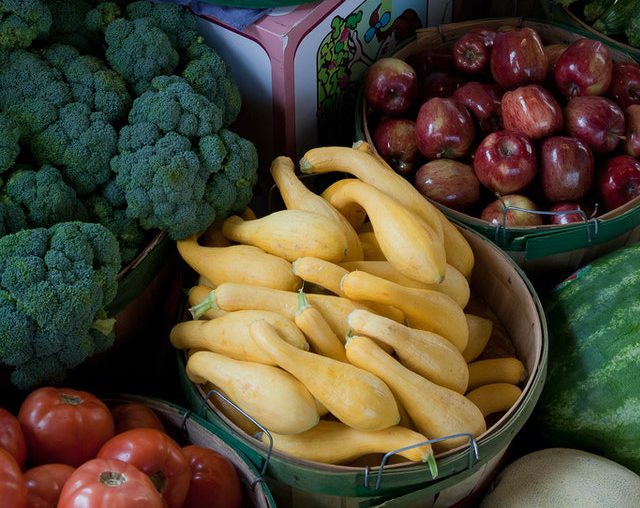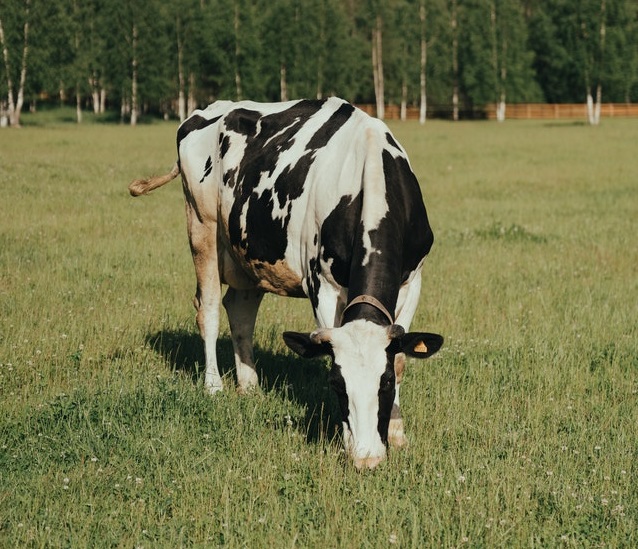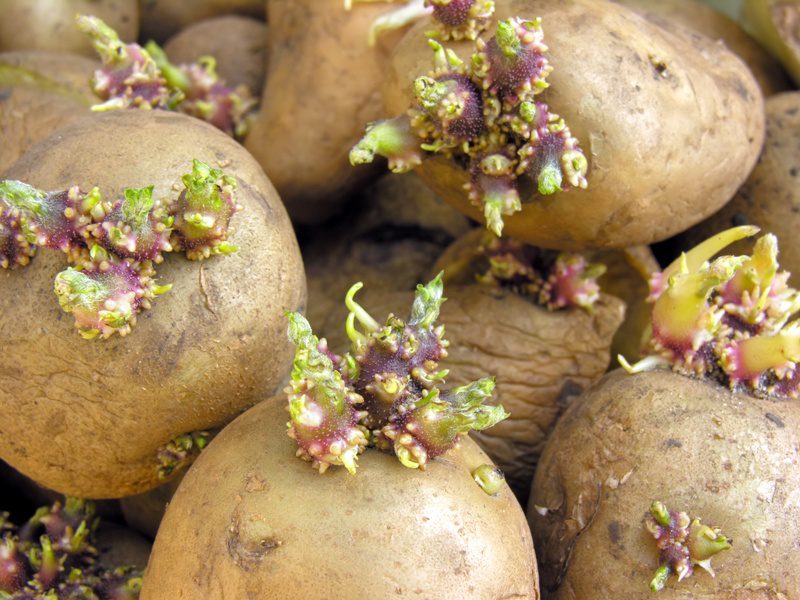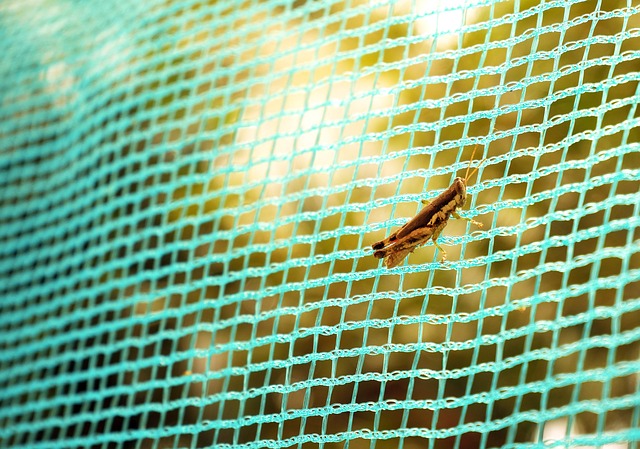This post addresses what you need to know about organic farming. It includes types, benefits and how you can raise crops and livestock organically in Kenya. Demand for organic food is rising steadily around the world. It is safer for consumers than those grown on toxic farm inputs. Its retail prices are higher giving farmers higher returns. This attracts many farmers to raise “clean food” for self-sufficiency and sale in local and export markets.
Though it’s the oldest form of gardening, there is limited information about it. Besides, there are tips for high yields for profitable organic farming and for home gardeners who are seeking self-sufficiency.
What you will Learn?
What is organic farming?
Organic Agriculture is a production system that sustains the health of soils, ecosystems, and people. Its four principles are health, ecology, fairness and care.
RELATED: How to Start an Organic Home Garden-A Quick Guide
Organic Agriculture as a production system that sustains the health of soils, ecosystems, and people. It relies on ecological processes, biodiversity and cycles adapted to local conditions, rather than the use of inputs with adverse effects. It combines tradition, innovation, and science to benefit the shared environment and promote fair relationships and good quality of life for all involved.
The International Federation of Organic Agriculture Movements (IFOAM)
Instead of using chemical farm inputs; pesticides, hormones, antibiotics and fertilizers, you will use organic ones to improve soil fertility and control weeds or pests in your farm. For crop nutrition use compost and green manure. To control harmful pests, you will practice crop rotation, companion planting, mixed cropping, bio-pesticides and predators like fish and birds to feed on insects and weeds.
Benefits of organic farming in Kenya

Here are the major benefits of organic farmig. Apart from getting healthy food that is free of contamination, it has higher yields and farmer incomes. Besides it improves on the health of the soil. Other reasons are;
- Higher and stable farm yields; are a result of low soil erosion and improved soil water uptake and retention.
- Nutritional diversity for gardeners and consumers; organic farms are a source of fresh, cheaper, and healthy products like beef, eggs, and milk from grass-fed livestock and fruits and greens.
- Higher farmer profits; organic food fetches higher premium prices at a cheap cost of production.
- It is a climate-smart farming method; that helps farmers to cope and build resilience to climate change risks. , it improves the local environment, in-resistance to pests and diseases, and genetic crop diversity.
- Better local resource management as it builds the capacity and skills of farmers; fisherfolk and pastoralists to be self-sufficient.
- Commercial organic agriculture is a tool for sustainable economic growth and development.
Methods of organic farming
How can you practice organic farming? In this section. learn various types or methods of organic farming for crop and livestock farmers.
They include Crop diversity such as polyculture, companion cropping, and crop rotation. In soil management, the common practices are composting, zero tillage, conservation agriculture, mulching, and planting of cover crops. Since Organic farming does not use herbicides for weed control, the organic methods for weed impression you can consider are mulching or thermal weeding and mowing. Integrated pest management (IPM) combination of biological and mechanical means to control pests.
Finally, in livestock management, you can consider mixed farming and pastured production. These are further expounded.
Crop diversity
you will be growing many crops together in the same plot for many benefits such as weed, disease and pest suppression, nitrogen fixation, living support for climbing plants like beans as well as providing shade. Methods of crops for diversity include;
Polyculture
Also known as inter-cropping. You will grow a mix of two or more cash crops for harvest. An example is planting beans and corn. Its benefits include nitrogen fixation, reduced disease epidemics and crop nutrient uptake for higher yields.
Companion cropping
This practice combines growing a set of plants alongside each is the same garden for their complementary characteristics. A perfect example is the three sisters gardening common among the Native Americans by growing maize, beans and squash together. The corn stalks provide support for the climbing beans. These (beans) add nitrogen to the soil, feeding and nourishing the garden. The crawling pumpkins with broad leaves suppress weeds from growing. When you farm the three together, they improve each other’s overall plant health and yields.
Crop rotation
In crop rotation, you will grow a series of different crop types in the same field in a sequence of harvesting seasons. You will apportion your land in several plots and follow a crop rotation chart. You will rotate crops for many reasons; this can be nitrogen-fixing, disease and pest control or weed management. Others are risk management, biodiversity benefits and improving yields.
Soil health management

As an organic gardener, you will not use chemical fertilizers. There are certain soil health management practices to adopt to improve and maintain soil fertility. They are the use of compost and manure, zero tillage and conservation agriculture (CA). Others are mulching and planting cover crops.
Composting
use decomposed organic waste to make manure, which you can use as fertilizer or a natural pesticide. The hummus and organic matter are present to improve the soil texture and control soil erosion. You can make it from green waste, animal manure and bedding, human waste, and sludge. The various approaches you can use are vermicomposting using earthworms or composting toilets.
Zero tillage
in this practice, as the name suggests, you never dig up your land, you will plant crops or pasture without tilling. It helps in conserving organic matter and soil microbes as well as eliminating compaction. A common practice among vegetable farmers is using raised gardens.
Conservation agriculture (CA)
observe a set of various practices to reduce the need for tilling. These practices include no-till farming and crop rotation. The former will save soil organic levels, building mulch levels to prevent soil erosion and runoff. The latter is a means of pests and weed control.
Mulching
apply a layer of material on the soil surface to keep its moisture, regulate soil temperature, prevent erosion, or suppress weed growth. You can apply it on all surfaces or around plants. The organic materials you can use as mulch include grass, leaves, hay, or straw. Others include shredded bark, sawdust, shells, woodchips, and shredded paper or animal manure. Some synthetic mulch materials include rubber, plastics, and polyethylene, and carpet fibers.
Cover crops
also referred to as green manure or living mulch. You will plant cover crops together with a major crop to suppress weeds, prevent soil erosion, and improve soil fertility. However, the cover crops compete for water and nutrients with your major crop. They may also harbor pests. Some of the cover crops you can plant are alfalfa, beans, turf grasses, and clovers.
Organic Livestock farming
Livestock rearing is crucial in organic farming for sustainability and self-sufficiency benefits. You will use their waste as manures and pesticides. It will also help the proper utilization of crop wastes as animal feed. In organic livestock rearing, their feed must be natural, must be pastured and must be treated with medicine when they are sick. However, you can not use drugs to boost their growth. You can organically rear livestock by pastured animal rearing or mixed farming.

Pastured livestock
Unlike factory farming that confines livestock in cages and pens, this method puts livestock back in their natural environment. Your cattle, poultry, goats and sheep can roam freely and feed on plants and insects. The animal manure improves the fertility of the soil improving the quality of their pasture. In this free-range system, rear the right number your farm area can handle. Subdivide the parcel into various parcels and rotate animals from one paddock to another.
Grass-finished meat, milk and eggs products are better for human health than grain-fed products. Besides, the method promotes animal welfare, is climate-friendly and has more returns.
Mixed farming
You will practice organic farming and get an opportunity to recycle animal and crop wastes. You will raise animals (e.g. dairy cattle) and crops together on the same farm.
It is an intensive production system that will help you to diversify your risks of raising a single crop or livestock type. As a sustainable method, you will gain by maintaining soil, soil biodiversity and minimum soil erosion. You will make the best use of crop and animal by-products either as animal feed or soil improvement products.
Integrated pest management
In an organic garden, you will not be using synthetic pesticides. Employ a combination of biological and mechanical means to control pests to a level that will not cause economic damage. This integrated pest management (IPM) aims to control, rather than eradicating pests, suitable crop selection and observing field sanitation. You will monitor pest levels and keep farm records of outbreaks and behavior. To control populations use either mechanical or biological control methods.
Weed suppression
As an organic farmer, do not use chemicals to kill weeds. To suppress them, use crop rotation, cover crops and mulching or thermal weeding, mowing and tilling. Other means you can use are tight spacing, growing competitive crop varieties and using bio-herbicides. Grazing is another common practice, for instance, paddy rice farmers use fish to feed on weeds and insects on their farms.
Tips for profitable Organic farming in Kenya
The high premium price of organically grown food is a good incentive for investments in the sector. If you want to start a profitable organic farm to grow and sell organic fruits, vegetables, meat or eggs, follow the following tips;
- Get an organic food certificate or tag for your food products. You can also brand it as “locally grown”, “grass-finished” or “pastured” product.
- Direct sales to consumers so you can pocket the entire markup.
- comply with the set guidelines and standards of growing and handling organic food products as well as good agricultural practices (GAPs)
- Join a forum or association of farmers and traders that deal in organic food.
PS; organic farming is more labour intensive. You will have to depend on hired workers besides family farm workers.
Tips for Organic Home Gardening in Kenya
More and more urban households are turning to organic vegetable gardening. They do it to grow healthy and nutritious food or cut the costs of buying food in the market. As a bonus, those with excess harvest can sell at local farmer markets or directly to their neighbors and friends.
READ NEXT: How to start a profitable organic farm-A guide
However, as an urban farmer, you will face many challenges like limited farm space and expensive inputs. Consider the following tips for successful home gardening in cities;
- Container gardening; grow your crops in plastic, wooden or cement boxes as well as recycled bags to overcome the challenge of limited space.
- Vertical gardening; hang or place your container gardens on rooftops, walls, balconies and patios to harvest more yields per square foot.
- Protected agriculture; use mini-greenhouses and tunnels to propagate and grow your vegetables. It will shelter them from weather elements and pests as well as speed the growing time.
- Staggered planting; Plan for spread planting and harvesting schedule for the entire the year to avoid food shortages or experience spoilage from overproduction.
- Composting; gather and Decompose all organic wastes and kitchen scraps to make organic fertilizers in your farm.
- Mixed farming; raise poultry and small livestock like rabbits, sheep and goats. Use their wastes to improve soil fertility.



